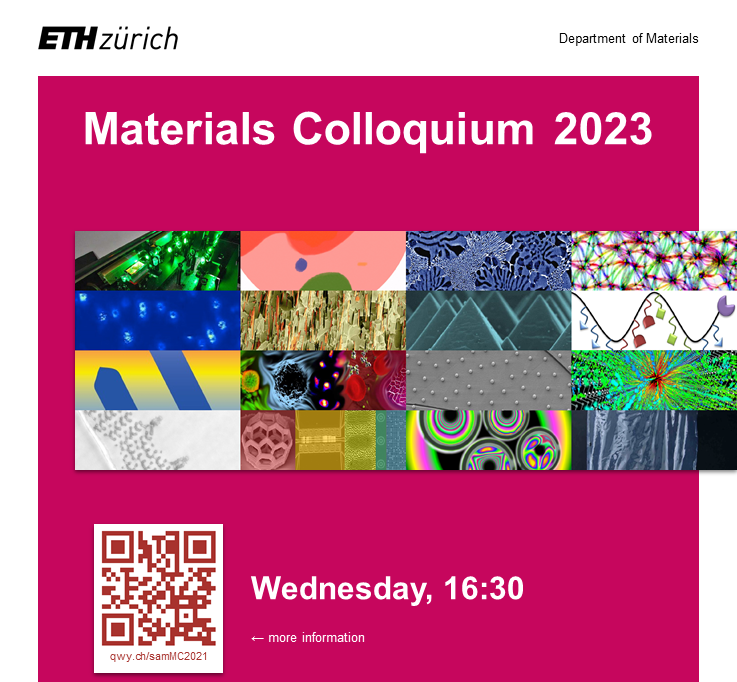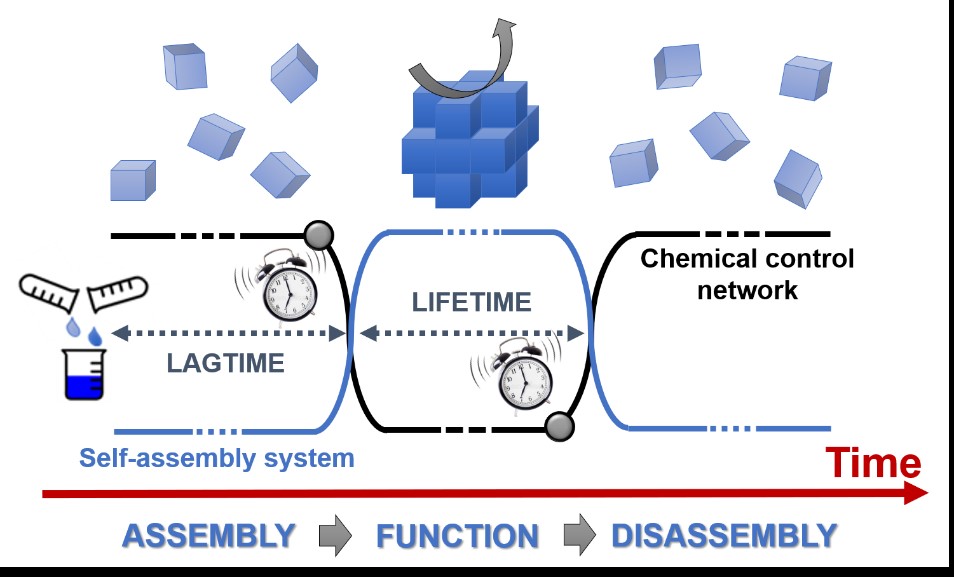Materials Colloquium 2020 - September, 9th, 16:30
Zoom
Roland Logé (Laboratory of Thermomechanical Metallurgy, Institute of Materials, EPFL)
Laser Powder Bed Fusion (LPBF, also known as SLM, Selective Laser Melting) is a well known Additive Manufacturing technology, among the most studied in literature for metals and alloys. A number of drawbacks however still limit its range of applications, among which : (i) the high level of residual stresses; (ii) the often narrow safe processing window, which does not leave much space for microstructure optimization; (iii) the time consuming search for optimum laser parameters, which is material and machine dependent, and also relates to the part size and shape. To solve some of these issues, we introduce a new hybrid “3D LSP” manufacturing process, combining Laser Shock Peening (LSP) with LPBF. 3D LSP can efficiently strain harden a metal and convert LPBF induced Tensile Residual Stresses into CRS. It opens a range of new possibilities such as increased fatigue life or geometrical accuracy, 3D design of grain structures, and improved processability. We also present a new “translation rule”, which is able to predict optimum LPBF parameters for one material, based on those found for another material, using the concept of normalized enthalpy.

